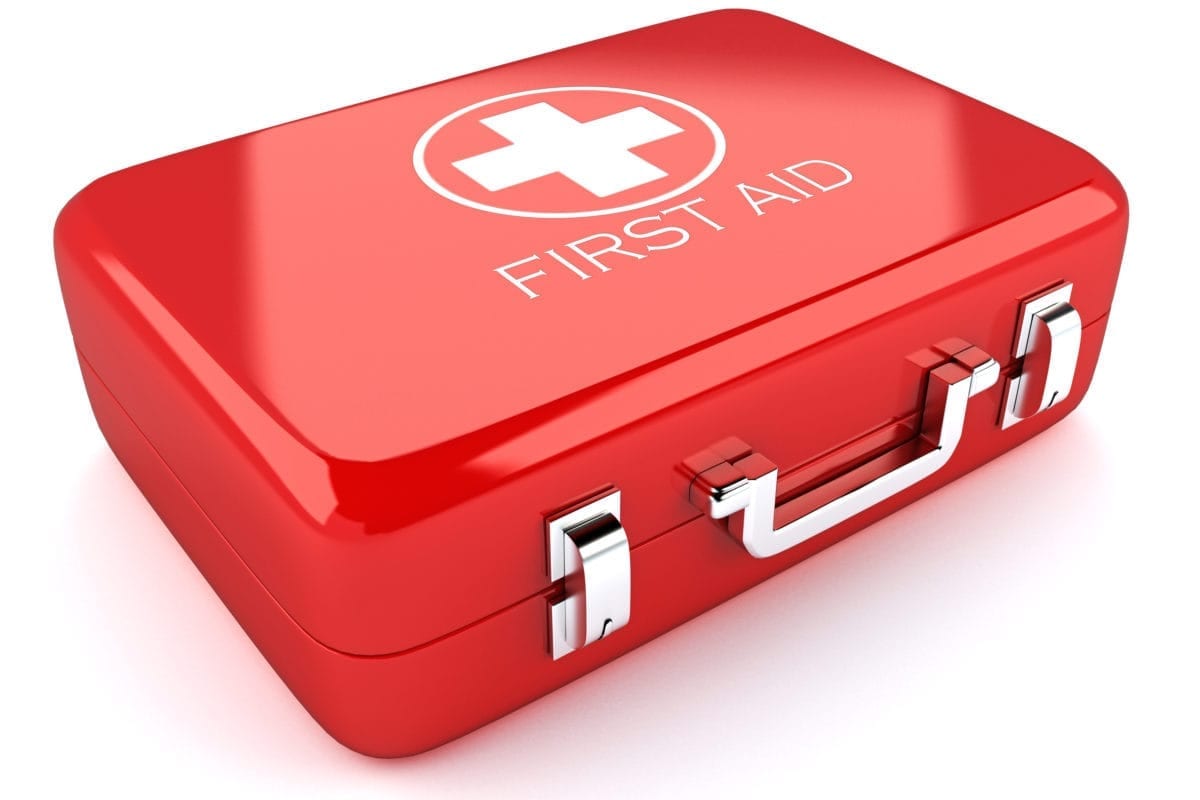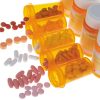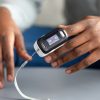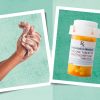- Empty cart.
- Continue Shopping
How to Administer Basic First Aid for Cuts and Scrapes

Accidents happen. Whether you’re at home, in the workplace, or enjoying outdoor activities, cuts and scrapes are almost inevitable. Knowing how to administer basic first aid can make a significant difference in minimizing infection and accelerating the healing process.
Assess the Situation
Firstly, it’s crucial to evaluate the severity of the injury. If the cut is deep, continuously bleeding, or caused by a rusty or dirty object, seek professional medical help immediately. For minor injuries, however, basic first aid is usually sufficient.
When to Seek Professional Help
- Deep cuts that expose muscle or bone
- Uncontrolled bleeding
- Cuts from rusty or contaminated objects
- Cuts accompanied by numbness or weakness
Gather Your Supplies
Before you dive into the first aid process, make sure you have the following items on hand:
- Soap or antiseptic solution
- Clean cloth or gauze
- Adhesive bandages or tape
- Tweezers
- Disposable gloves
Step 1: Wash Your Hands
Always start by washing your hands thoroughly with soap and water. If soap and water are not available, use hand sanitizer. This step is crucial to prevent the spread of bacteria to the wound.
Step 2: Stop the Bleeding
Gently press a clean cloth or gauze against the wound. Elevate the injured area above the heart level to minimize blood flow to the area. Keep applying pressure until the bleeding stops.
Step 3: Clean the Wound
Once the bleeding has stopped, it’s time to clean the wound. Rinse it under cool running water. Avoid using hydrogen peroxide or alcohol, as these can delay the healing process.
Step 4: Remove Debris
If you notice any foreign objects like glass or gravel in the wound, carefully remove them using tweezers. Make sure to clean the tweezers with antiseptic solution before using them.
Step 5: Apply Antiseptic
Apply a thin layer of antiseptic ointment or cream to the wound. This step will help to keep the area moist and minimize the risk of infection.
Step 6: Cover the Wound
Cover the wound with a sterile adhesive bandage or gauze. Make sure the bandage is snug but not too tight, as you don’t want to restrict blood flow.
Step 7: Monitor for Signs of Infection
Keep an eye on the wound for the next few days. If you notice increased redness, swelling, or pus, consult a healthcare professional.
Alternative Approaches
Honey as a Natural Antiseptic
Some people prefer using natural remedies like honey, which has natural antibacterial properties. However, it’s essential to use medical-grade honey and consult a healthcare provider before opting for this alternative.
Hydrocolloid Bandages
These are special bandages that promote a moist healing environment. They are particularly useful for blister-like scrapes but can be more expensive than regular adhesive bandages.
Finally, administering basic first aid for cuts and scrapes is a valuable skill that everyone should possess. By following these steps, you can effectively minimize the risk of infection and speed up the healing process. Always remember, when in doubt, consult a healthcare professional for proper diagnosis and treatment.
By being prepared and knowledgeable, you can turn an unfortunate situation into a manageable one, ensuring the well-being of yourself and those around you.








